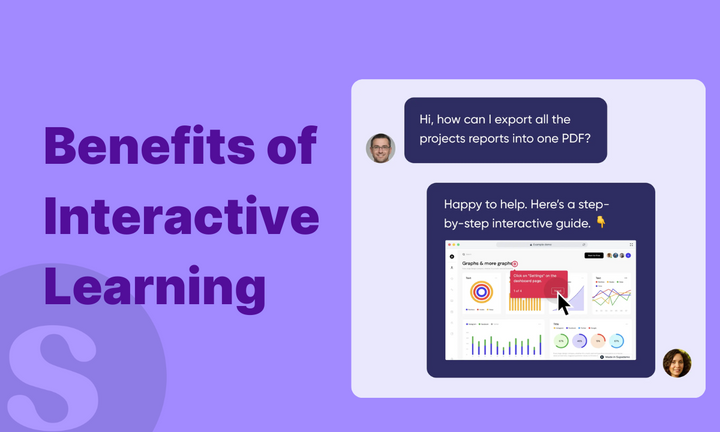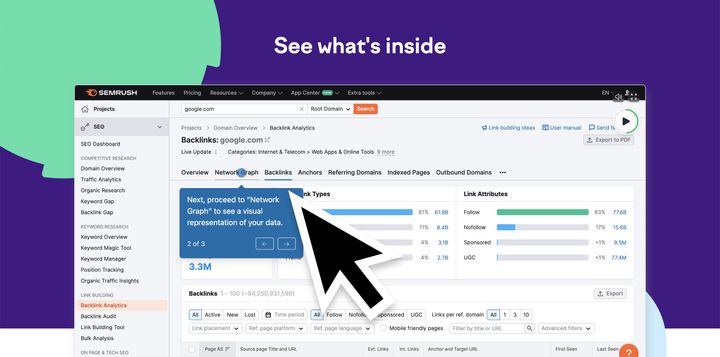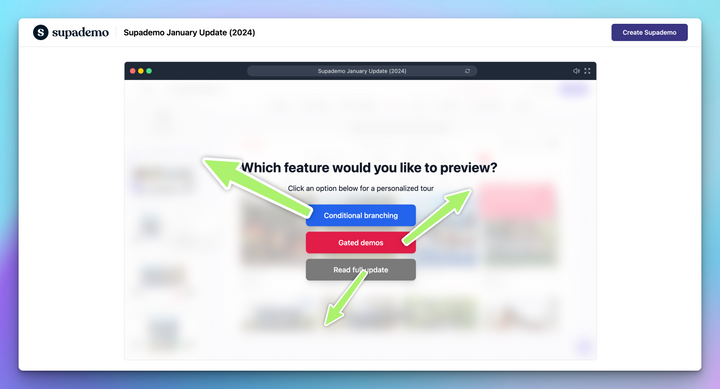Companies with strong learning cultures achieve 57% higher retention rates and 23% more internal mobility compared to baseline organizations. This huge performance gap shows a massive missed opportunity.
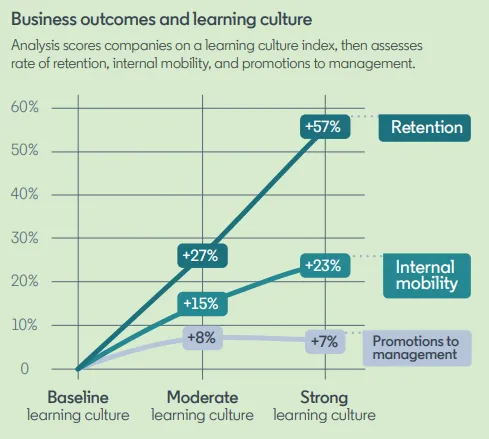
While most companies struggle to keep employees and fill skill gaps, those investing in strong learning cultures are gaining competitive advantages through better employee engagement and career growth.
The key difference is replacing boring, one-size-fits-all training with engaging, interactive learning experiences that adapt to what each person needs and wants in their career.
This blog will explore nine proven benefits of interactive learning backed by expert insights, examples, and data points to help you turn training into a driver of both talent retention and business growth.
9 benefits of interactive learning
As workplaces shift to skill-based growth, interactive learning has become the gold standard. These nine benefits prove why it’s leading the change:
1. Enhanced engagement and motivation
When learners actively participate, whether through role-based scenarios, problem-solving exercises, or interactive walkthroughs they are more likely to stay attentive and emotionally invested.
A 2023 study published in the International Journal of Toxicological and Pharmacological Research found that 98% of students strongly agreed that role play aided them in learning communication skills, and 99% enjoyed the simulation.
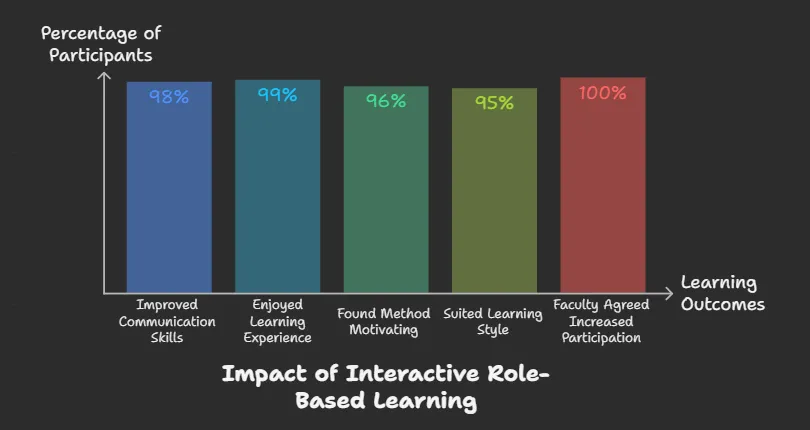
Engagement also has a compounding effect: the more invested a learner feels, the more they’re willing to explore deeper layers of the content, ask questions, and retain information over time.
For example Ketch's Head of Marketing, Colleen Barry, shared:
"When we moved from one-way webinars to interactive, role-based learning modules, our training completion rate jumped from 52% to over 85%. Learners stayed longer, clicked more, and scored better."
2. Better knowledge retention
Interactive learning boosts long-term retention because it forces learners to actively retrieve and apply information, rather than passively consume it. Whether through embedded quizzes, branching scenarios, or gamified assessments, these moments of participation strengthen neural connections and slow the forgetting curve.
One example comes from a randomized controlled trial in continuing medical education, where incorporating repeated quizzing into sessions led to 55% long-term retention compared to 46% for repeated study and 44% for no further exposure.
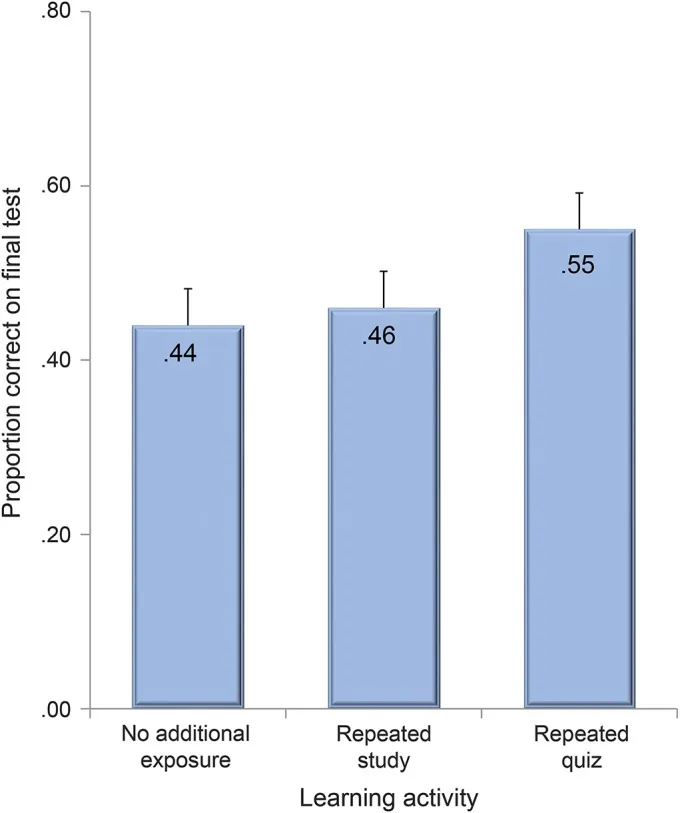
In other words, participants retained almost twice as much of what they learned when they engaged with interactive questions instead of just re-reading material. These measurable benefits of interactive learning extend beyond formal education settings.
At the Open Institute of Technology (OPIT), Riccardo Ocleppo has seen the same pattern in practice:
“In our experience at OPIT, incorporating gamified elements in courses dramatically increases learner motivation and long-term retention. A concrete example includes a cybersecurity course where interactive simulations allowed learners to practice real-world scenarios, boosting skill retention by 30% compared to traditional lectures.”
3. Increased attention and focus
One of the biggest challenges in traditional learning is keeping attention from drifting. Learners tune out within minutes when they’re stuck watching static slides or videos, leading to lower comprehension and completion rates. Interactive learning combats this by turning participants from passive listeners into active problem-solvers.
For example, At emma, shifting from slide-based demos to guided, clickable cloud environment simulations increased learner completion rates from 46% to 82%. Instead of just observing, users deployed mock workloads, resolved simulated errors, and navigated real-world workflows.
That hands-on structure led to a 60% increase in second-week active users.
“We’ve seen average session duration increase from 12 to 27 minutes just by adding click-through tasks that simulate real-world use cases. It keeps their minds engaged because they’re applying the knowledge right away, not storing it for later.” – Dirk Alshuth, CMO, emma
The impact is measurable across formats. Progress tracking, instant feedback, and adaptive tasks keep learners engaged by providing constant micro-goals and interaction points.
4. Faster skill acquisition
When learners can practice rather than just watch, they reach competency in less time. Interactive learning compresses the training cycle by removing the gap between instruction and application.
PwC research shows that employees in immersive training environments can be trained up to 4x faster than in classroom settings completing in 30 minutes what would normally take two hours. The reason is simple: when learners are actively doing, not just watching, they process and retain skills more efficiently.
ProcessMaker, a workflow automation platform, experienced this when they replaced time-intensive demos with Supademo’s interactive format. Previously, creating a single walkthrough for training or pre-sales required 8–10 hours of preparation.

The shift to interactive, self-paced demos reduced creation time to 5 minutes. This meant learners could access role-specific, hands-on training immediately, without waiting for scheduled sessions.
5. Personalized learning experience
Generic training often wastes time on irrelevant content, leaving learners disengaged and organizations with minimal ROI. Personalized, interactive learning flips that equation by adapting content to the learner’s role, goals, and skill level.
At Brizy, this approach meant tailoring tutorials based on user type, a fitness coach didn’t have to sit through e-commerce workflows, while a marketer skipped technical setup lessons. That simple change cut churn by 18% and boosted in-app purchases as users explored features that directly applied to their work.
“When learning feels tailored, people take action faster and are more likely to invest in add-ons,” says Brizy’s CEO.
The impact isn’t just anecdotal. In a longitudinal study, Bernacki & Walkington found that tailoring learning materials to students’ personal interests increased situational and individual interest while also improving performance.
6. Accessibility and flexibility
Traditional training can be slow to update and costly to maintain, creating barriers for fast-moving teams. Interactive learning platforms remove those roadblocks by enabling instant updates, self-paced modules, and accessibility features that adapt to different learner needs.
At RemotePad, shifting compliance and onboarding to an interactive platform meant updates that once cost $45,000 and weeks of coordination could be deployed globally in under two hours.
“When employees control their own pace and practice in real-world scenarios, mastery comes faster,” says Milly Barker, Founder of RemotePad.
Speed is only part of the value. Accessibility features like screen reader–friendly layouts and adjustable pace controls mean that visually impaired employees or those with cognitive processing differences can engage with training on equal footing, reducing drop-off rates in ways traditional formats can’t match.
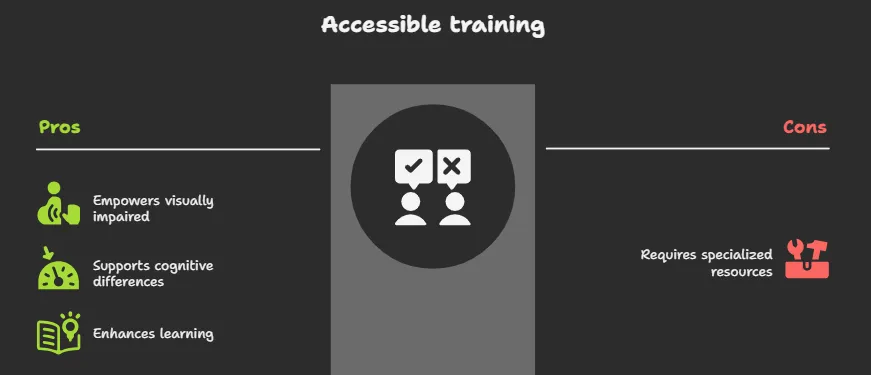
7. Scalability and cost-effectiveness
Scaling training programs without ballooning costs is a challenge for any growing organization. Interactive learning solves this by letting teams create once and deliver endlessly, without the repeated expense of live sessions or printed materials.
At ReelDx, replacing instructor-led sessions with Supademo’s interactive walkthroughs freed up 12+ hours a month and removed per-learner delivery costs entirely. Training now reaches hundreds of clinicians, students, and faculty worldwide faster, on-demand, and without adding headcount.
| Metric | Before Supademo | After Supademo |
|---|---|---|
| User groups trained | Small, limited to live session attendees | Hundreds of clinicians, students, and faculty globally |
| Monthly delivery time for recurring demos | 12+ hours/month | 0 hours/month (delivery time only—content recorded once, updated as needed) |
| Cost per additional trainee | Increases with each session | $0 (self-serve, no extra delivery cost) |
8. Improved collaboration and communication
Traditional training often keeps learners in passive “receive mode,” which limits peer exchange and collective problem-solving. Interactive formats flip this by making learning a shared, active process where participants collaborate to solve challenges.
In a research by the European Journal of Education Studies, demonstrates the benefits of interactive learning methods in fostering better workplace dynamics through:
- Greater communication freedom, where participants felt more confident expressing themselves.
- Improved active listening, fostering deeper understanding between learners.
- Mutual respect and equality, creating an environment where all participants’ needs were acknowledged.
These findings mirror corporate L&D outcomes: when learners engage in purposeful, scenario-driven interactions, they communicate more openly, listen more attentively, and collaborate more effectively turning knowledge sharing into a habit rather than an obligation.
For example, at eLearningIndustry, replacing compliance slide decks with an interactive, decision-based game cut average completion time by 15% and boosted quiz scores by 32%.
“What stood out most was the rise in motivation. Employees described the training as challenging but engaging, which is not common in mandatory sessions,” says Christopher Pappas, Founder of eLearningIndustry.com.
9. Self-paced learning
Lengthy training sessions often fall short; remote employees absorb more information when content is delivered in formats they can control. A study in the Journal of Memory and Language found that learners who self-paced their study time achieved 15% higher recognition accuracy than those with no control, despite having the same total study time.
This shows that giving people ownership over the pace and focus of learning helps them engage better and retain more. That’s exactly the principle behind self-paced, interactive onboarding.
For example, Bullhorn, a global staffing and recruitment software leader, embraced this approach by replacing static, video-based product training with self-paced interactive demos from Supademo. This resulted in a 50% reduction in course creation time and a 20% lift in learner engagement.

By breaking training into smaller, interactive modules, Bullhorn made learning faster to produce, easier to update, and more engaging to complete, giving their 1,400 employees across 14 countries the freedom to learn when and how it works best for them.
Make learning stick with Supademo
The difference between companies that train effectively and those that don’t often comes down to one thing: how engaging, accessible, and scalable their learning is. Static PDFs, outdated videos, and one-off workshops can’t keep up with the speed of business. Supademo changes that.
With its no-code, interactive demos, you can build training that’s live in minutes, update instantly, and deliver anywhere. If you’re serious about replacing “check-the-box” training with experiences that drive adoption, retention, and growth, it’s time to make Supademo part of your learning stack.
Start creating your first interactive training today for free.
FAQs
1. What is interactive learning and how does it differ from traditional training?
Interactive learning engages participants through hands-on activities, simulations, and real-time feedback, unlike passive traditional methods like lectures or videos.
2. How much can interactive learning improve employee retention rates?
Companies with strong learning cultures achieve 57% higher retention rates and 23% more internal mobility compared to organizations without interactive approaches.
3. What types of interactive elements work best for corporate training?
Role-based scenarios, clickable walkthroughs, embedded quizzes, branching storylines, gamified assessments, and real-world simulations deliver the highest engagement and retention.
4. How long does it take to create interactive training content?
With modern platforms like Supademo, interactive demos can be created in just 5 minutes, compared to 8-10 hours for traditional training materials.
5. Can interactive learning work for remote and distributed teams?
Yes, interactive learning is ideal for remote teams, offering self-paced modules, instant global updates, and accessibility features that traditional training lacks.
6. What's the ROI of switching to interactive learning methods?
Organizations see 4x faster training completion, 85% higher engagement rates, 30% better retention, and significant cost savings through reduced instructor time.
7. How does interactive learning support different learning styles and abilities?
Interactive platforms offer adjustable pacing, screen reader compatibility, visual and auditory elements, and personalized pathways to accommodate diverse learning preferences effectively.
8. What industries benefit most from interactive learning approaches?
Healthcare, technology, finance, manufacturing, and customer service industries see significant benefits due to complex processes requiring hands-on practice and skill application.
9. How do you measure the effectiveness of interactive learning programs?
Track completion rates, engagement metrics, knowledge retention scores, time-to-competency, performance improvements, and business outcomes like reduced support tickets or increased productivity.
10. What technical requirements are needed to implement interactive learning?
Most modern interactive learning platforms are cloud-based and require only web browsers, with no special software installation or technical expertise needed for creation.


